|
Bridgestone House
Warden
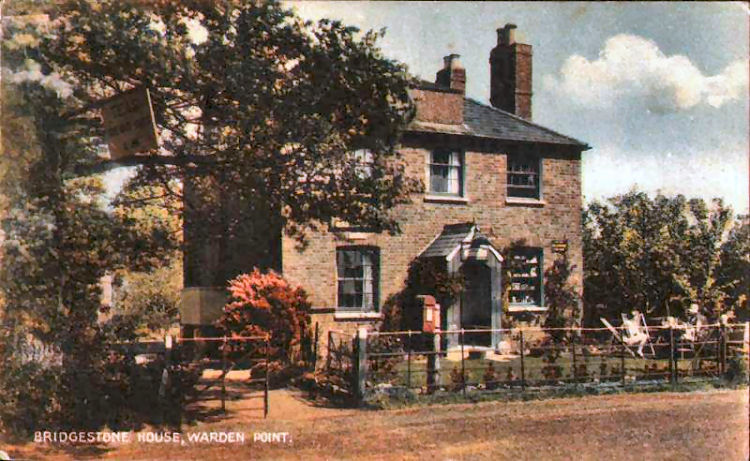
Above postcard showing the former "Smack" as Bridgestone House, date
unknown from
http://www.pbase.com |
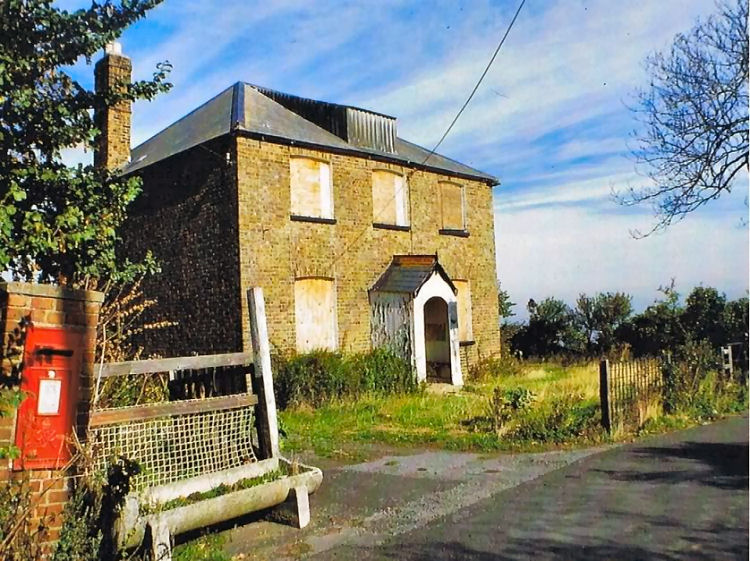
Above photo 2009. |
Now called Bridgestone House, the building was originally the "Smack"
public house, dates as yet unknown. Next the building was used as the local
shop and Post office and a Mr. and Mrs. Cranfield lived there between
1938 to 1957.
The house was called Bridgestone House due a relic of the old London
Bridge built 1176 and taken down in 1832 being one of the stones laid at
this building.
|
South Eastern Gazette, Tuesday 15th September 1857.
Sittingbourne. Petty sessions, September 7th.
(Before the Rev. J. Poore, T. Twopenny and W. Bland, Esq.)
James Robinson, of the "Smack Inn," Warden, pleaded guilty to having his
house open for the sale of beer during divine services was fined £1.
|
|
South Eastern Gazette, Tuesday 26th January 1858.
Sittingbourne. Petty sessions, Monday.
(Before the Rev. J. Poore, D.D.,
chairman, Sir John Tyldn, E. Twopenny, Esq., Rev. G. B. Moore, W. Bland
Esq., and J. D. Dyke, Esq.)
Thomas Ford, of the "Smack Inn," Warden, Sheppey, was fined £5, costs 30s.,
for keeping his house open for the sale of beer on Sunday morning, 27th ult.
|
|
Sheerness Guardian 20 August 1859.
Police Case.
George Baysden, of Eastchurch, was taken before the Sittingbourne
Magistrates on Wednesday, on the charge of stealing a coat from the
"Fishing Smack” public house, at Warden, on the night of the 16th
inst, the property of Mr. Collins, who had been playing at skittles
at that house. It appears that Mr. Collins left his coat in the
skittle-alley whilst he went into the house; and, in his absence,
the prisoner made off with the coat, he was remanded until the Petty
Sessions.
|
|
South Eastern Gazette, Tuesday 16 July 1861.
Accident and sudden death.
On Tuesday last, as Mr. Barnes, of the "Smack Inn," Warden, was returning
home from Eastchurch in a cart in which was also his wife and one of his
children, the shafts of the car broke near to the body of the vehicle, which
caused the cart to fall backwards, when a barrel of beer rolled over the
poor child and crushed it's brains out, death of course being instantaneous.
Mr. and Mrs. Barnes sustained several contusions, though not of any
importance.
On the same day a labourer named Jarrett was sent by Mr. Barnes, the father
of the unfortunate child, to fetch the cart away from the place where it had
been left. He, on his way, went into the "Crooked Billet," with a companion,
and drank about quarter of a pint of porter, when he made a slight noise and
dropped down dead, death resulting from disease of the heart.
|
|
From
http://www.kenthistoryforum.co.uk
THE STORY OF THE BRIDGESTONE.
In 1802 the sons of William Jolliffe inherited Quarry Dean in
Merstham, Surrey. Two of the sons, Hylton, a Magistrate of Reigate and
William, a magistrate and ordained clergyman, were approached to be part
of the committee of the Croydon, Merstham and Godstone Iron Railway.
This of course they agreed and the CMGIR became a big part of the
quarries owned by the Jolliffes. Around the same time Hylton went into
business with Edward Banks, they expanded the quarries and became very
important engineering contractors in the UK with many canals and bridges
being constructed during the following years. One of these bridges was
the 'new' London Bridge that was opened after 7 years construction in
1831. Once the new bridge had been completed the 'old' London Bridge was
ordered to be demolished, again with Jolliffe and Banks company being
contracted in. The old London Bridge had an extensive history as it had
stood for 600 years and had witnessed many incidents during its lifetime
spanning the River Thames. The bridge was designed by Peter de
Colechurch and was built in 1209; it was designed to hold houses on
either side of the road and included gatehouses, a drawbridge and a
chapel. Bridges like these were considered to be one of the safest
places to live as in the evening the gatehouses were closed until
morning and in the event of an invasion the drawbridge could be lifted
to stop the enemy's progress. When Peter de Colechurch died he was
buried in the crypt of the chapel; however he did not rest in peace, as
you will later find out. The bridge was the only one crossing the Thames
and giving access into London and so it was used to deter anybody who
was thinking about causing trouble; those that had broken the law,
especially traitors, would be executed and their heads would be placed
on poles lining the bridge.
During the demolition of the old bridge, workers found the bones of
Peter de Colechurch and without knowing of their importance they threw
them into the Thames, which I assume was the same fate of any other
remains found there. With the demolition in progress, the stones of the
old bridge started to be shipped off to other areas as a memorial to the
bridge that carried so many into the centre of London. A section of the
bridge was placed into the stone work of the new London Bridge, a
section was sent to Merstham (St. Katherine's Church) and can still be
found in the main arch of the church tower, and some found their way to
the Isle of Sheppey with Edward Bank's son, Delamark Banks, who took
them back to his home at Warden Court. Delamark then used the stone to
rebuild the dilapidated church tower near his home, and on one of these
stones he had inscribed:
'The tower of this church was erected at the expense of Delamark
Banks Esqr. Magistrate for the county anno domini 1836;
with the stone of old London Bridge; which was built
in the year 1176; and taken down in the year 1832'.
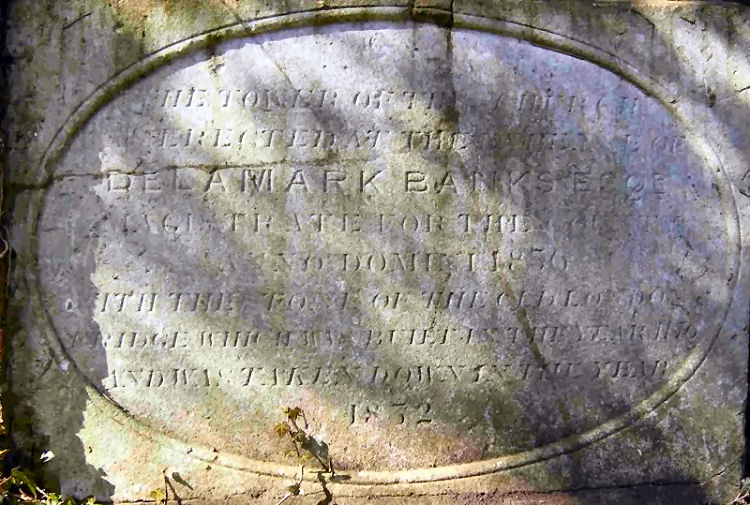
This stone was placed above the door of the church. Another stone was
inscribed:
'Relic of old London Bridge: built 1176 and taken down 1832; and laid
here by Delamark Banks esq Magistrate for the county. R. Dodd, builder'.
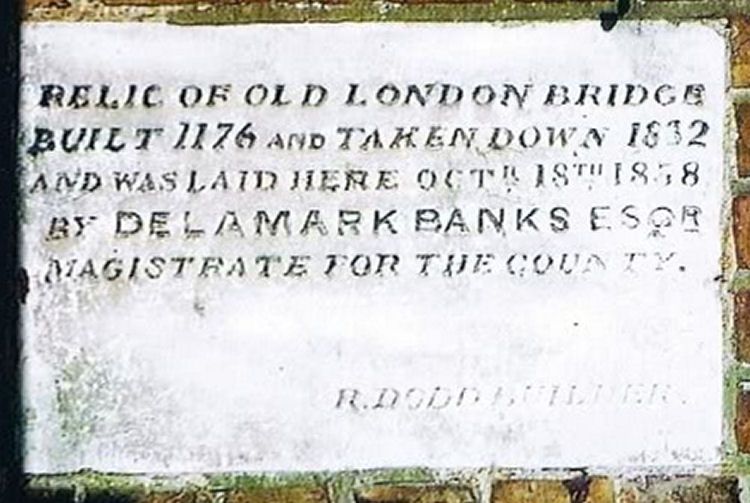
This stone was placed in the wall of a house Delamark built for his
Bailiff (James Hughes Esq.) again near Warden Court and later nicknamed
Bridgestone House. The eroding cliffs at Warden became a huge threat to
Warden Church and in 1887 the church was demolished, preventing it
collapsing over the cliff, the plaque above the door was moved into the
Bailiffs garden at Bridgestone house but later disappeared, the stone in
the wall of Bridgestone House was removed before the demolition of the
house, and this stone also disappeared and nobody is sure of it's
whereabouts.
|
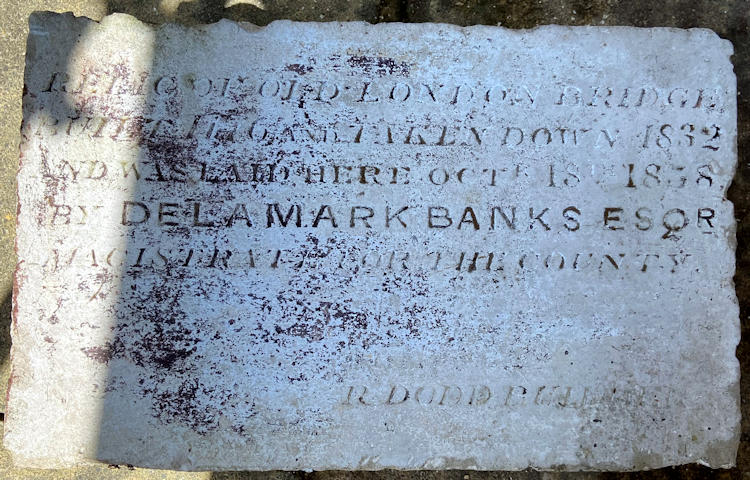
It appears to be still about as this photo was kindly sent to me in July
2023. |
LICENSEE LIST
RANDALL James 1851+ (age 45 in 1851 ) )
ROBINSON James 1857+
FORD Thomas 1858+
BARNES James 1861+ (age 37 in 1861 ) )
 Census Census
|




